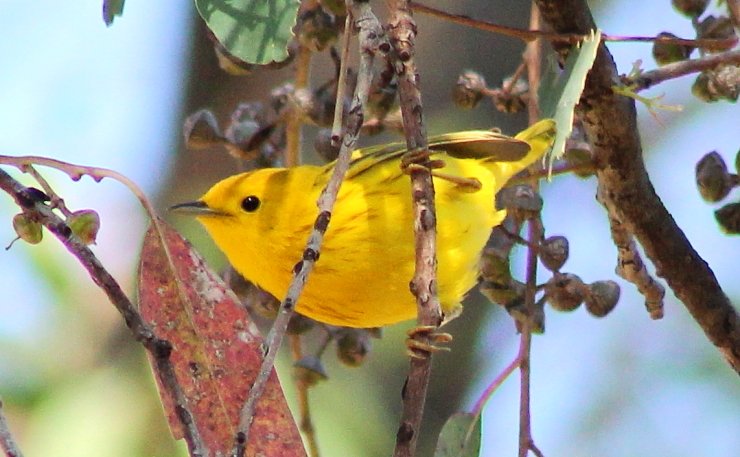
Most Parulidae warblers do not linger long in the lower 48 and head straight for the boreal forests of Canada. American birders spend every spring in migrant traps like High Island, Point Pelee and even Central Park to capture the little jewels in their binoculars’ crosshairs. Why do these birds move so quickly north? Is it because they remember the fate of Bachman’s Warbler? Do they wish for better healthcare?
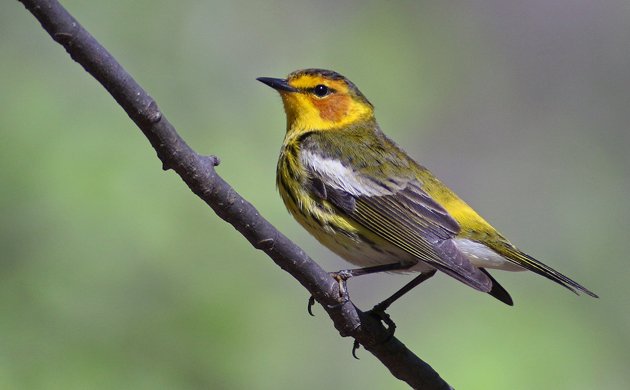
Interestingly, birds on migration commonly have two distinct travel strategies. In autumn they leisurely travel south, following the advice to stop regularly and rest before getting behind the wheel again, sorry, taking wing. In spring it is completely different. No stopping and going as fast north as possible. The reason? Well, the birds are what in common parlance starts with an “H”, but since we are polite and scientific we must call this condition “the breeding imperative”. These little birds want to procreate!
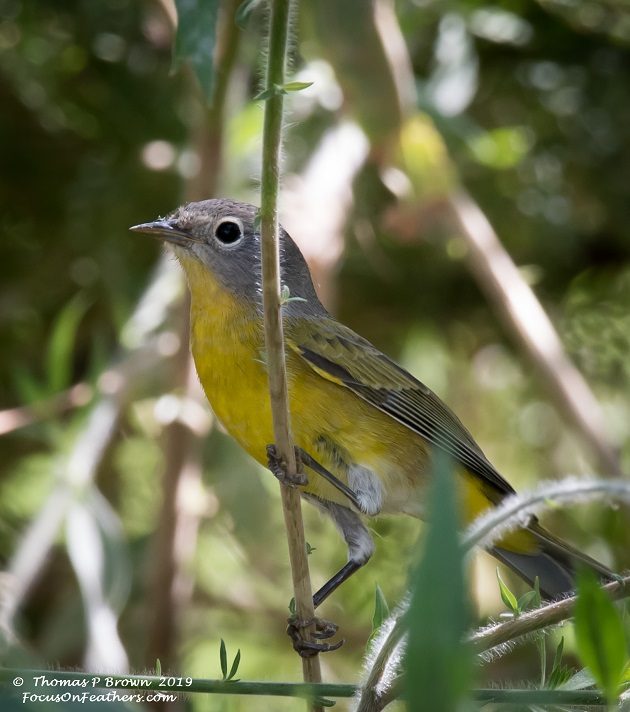
More than 50 species of warbler, each numbering in the millions, all feeding families, will need a lot of bugs. And the northern parts of the Nearctic have bugs, loads of them. Tennessee Warblers go to Canada, Virginia Warblers go to Canada, Cape May Warblers go to Canada, and so forth: all for the insects (OK, they’re not all going to Canada but the northern USA is quite Canada-ish in terms of bugginess). Once the breeding is done, the warblers head south, but they travel more easily since they only have one mouth to feed, their own. Unfortunately for the birders, they have changed their plumage to the duller non-breeding version.
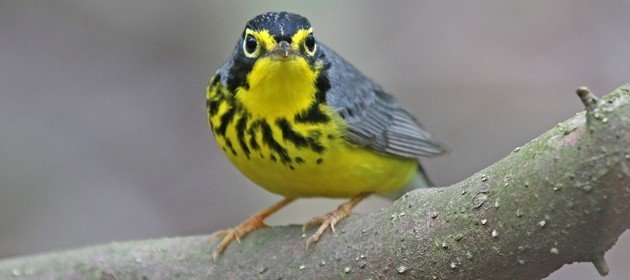
For those of you in the southern hemisphere, exchange north for south and south for north. All photos from the archive.


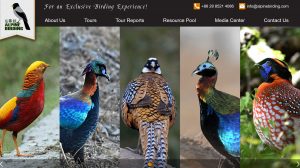
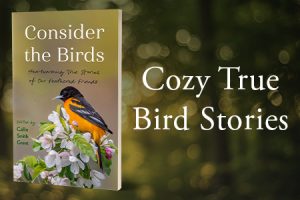
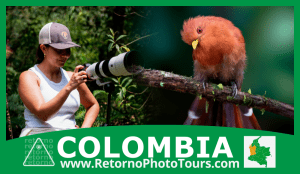
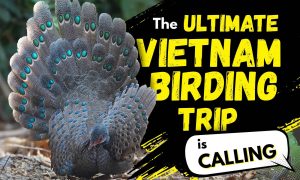
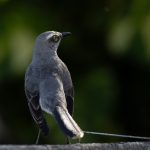

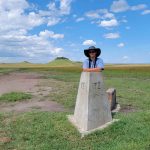




Still, seems very un-American to only pass through the US without much loyalty or thanks. Maybe a wall would help?
Well, for sure, some of the first three warbler species your post offers do stop before they get to the boreal forests of Canada; and say, why not stop here? This boreal forest in Michigan, Wisconsin or Minnesota looks like good nesting habitat with lots of bugs. I’ll stop here and start singing. I’m not sure about Canada Warbler. They may cross into Canada before setting up house. Now, at the end of August, the warblers leisurely migration south has already started.
And yet, the Hudsonian Godwit flies the length of the world southward in one heroic flight, flying day and night for a week, and then make a more leisurely trip north with stops along the way. (I have seen them here in Mexico on their northward leg.) They lose about a third of their weight as they fly south. So apparently the biological imperative to not be half dead when they arrive at their breeding grounds trumps the biological imperative to be the first to arrive.